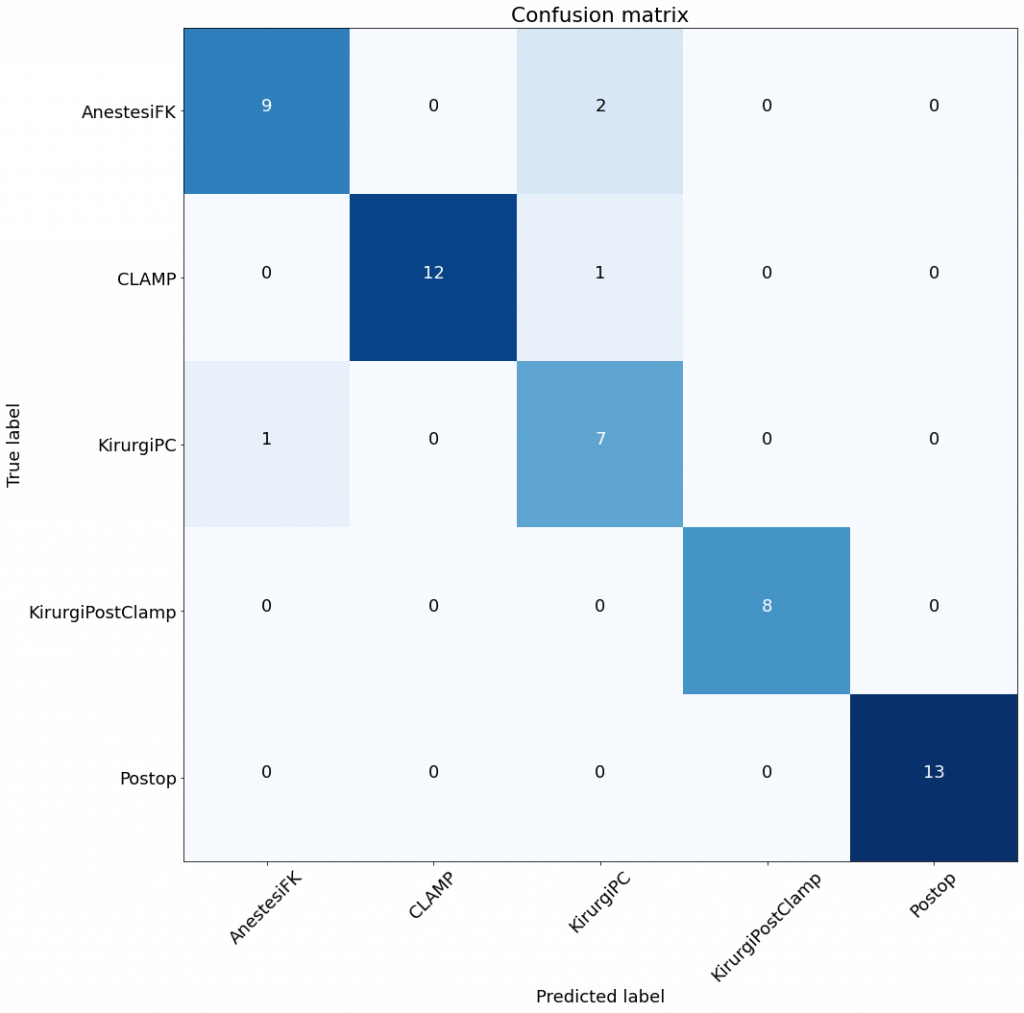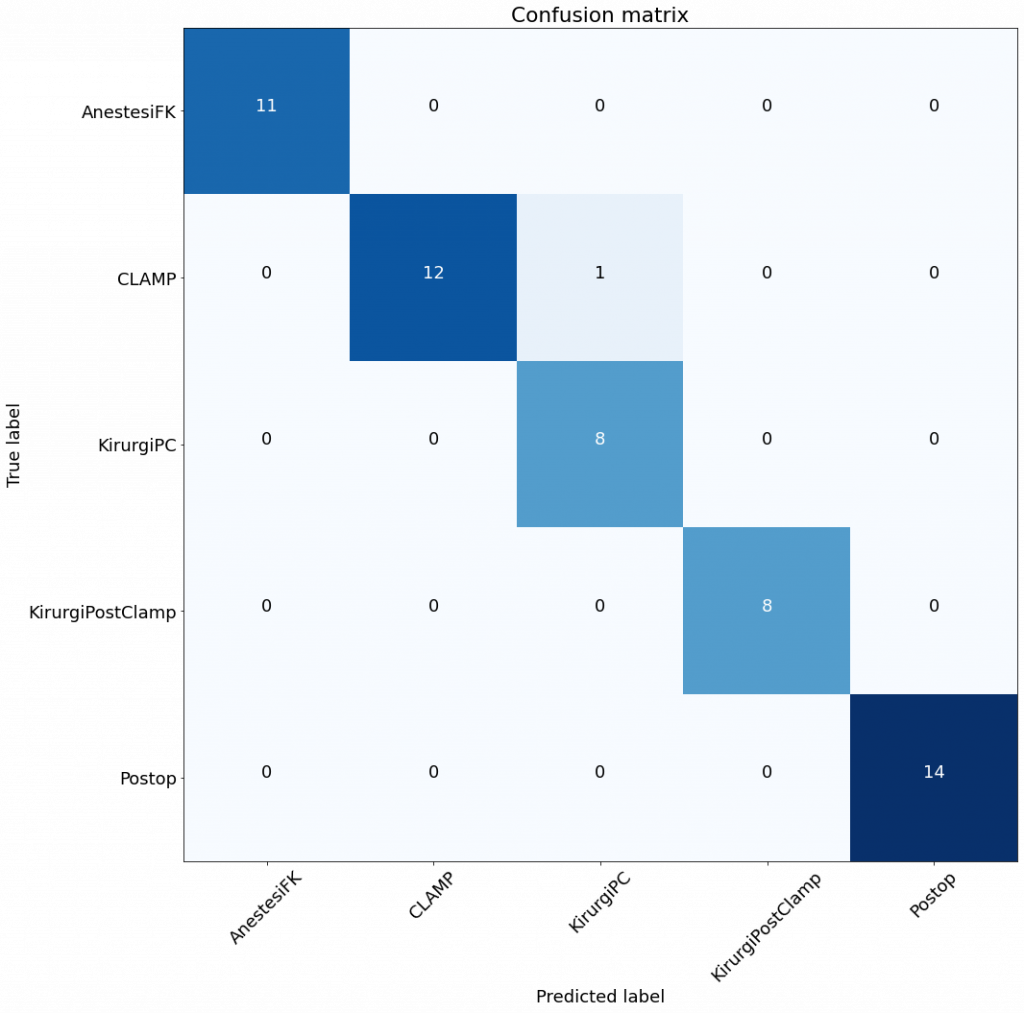
It’s Friday again and I’m trying to pack things up for the weekend. While doing that I reflected a bit on the week that passed. It started with the meetings on research directions, but it ended in discussing and thinking about pedagogy.
At the beginning of the week, I focused on preparing for an evaluation of a tool, read about VAEs and the disentanglement problem as well as looked at the new datasets. It’s all cool and interesting and kind of on the edge. It is also in such a stage that it works mostly for the well-known and annotated datasets, while it works a bit worse on the datasets that come from real-life – e.g. from driving a car in the city, where there are tens of objects in the picture.
However, my week ended by talking about pedagogy. I’ve had a chance to listen to our excellent teachers at the University of Gothenburg and get their reflections on the year that passed. To be honest, I did not see that coming and I did not expect what I heard. Many positive things, but also a confirmation that we, as a university, focus too little on pedagogy and teaching. It’s the third time I get to reflect on this, so I need to do something about it.
Second, I also listened to and reflected upon, the challenges of Ph.D. students today. They need to publish in an increasingly higher tempo. As our discipline matures, the quality of publications increases and so do the requirements for the Ph.D. students. They also face an uncertain future as the research funding decreases, the number of positions decreases, and the tenure tracks positions are no longer “forever”.
There are also highlights of this week. We had a great discussion at one of our steering groups about the companies involved in our research (which is impressive). We also got a number of new research projects associated, we research results and, finally, the ALC (Active Learning Classroom) has been finished.
With that, my friends, I leave off for the weekend.








